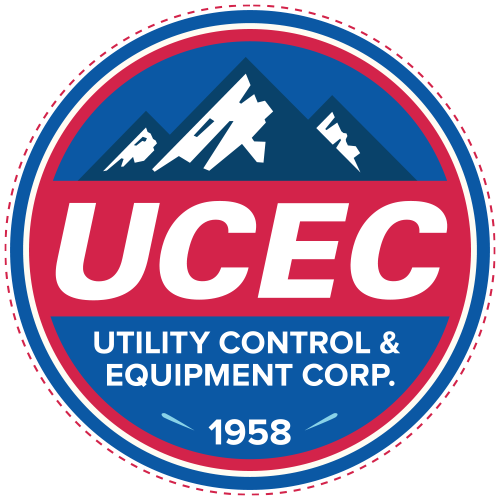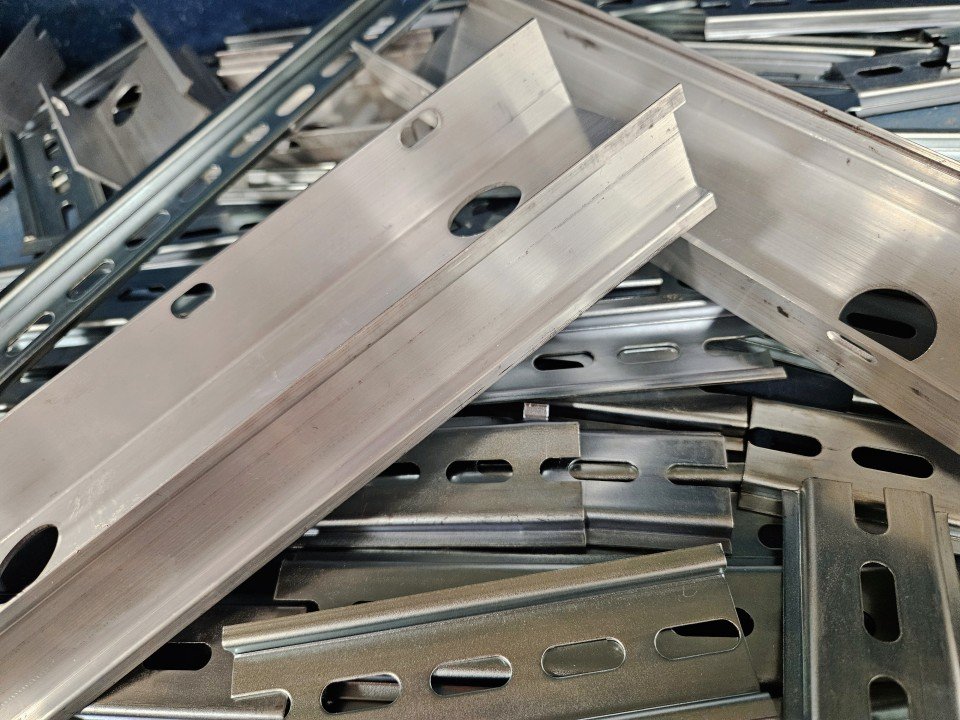Evolution of DIN Rails in Electrical Control Panels: A Journey Through History
In the intricate world of electrical engineering, the evolution of components and systems has played a crucial role in enhancing efficiency and safety. One such integral element, the DIN rail, has a rich history intertwined with the development of electrical control panels. This article delves into the origins, evolution, and significance of DIN rails in the realm of electrical control.
Origins of DIN Rail
The term "DIN" stands for Deutsche Industrie Norm, which translates to German Industry Standard. The DIN rail was first introduced in Germany in the 1920s as part of an effort to standardize industrial products and facilitate interchangeability. The primary goal was to streamline the production of electrical devices and ensure compatibility across different manufacturers.
Early Applications
During the early years, DIN rails found applications in various industries, primarily in mounting electrical and electronic components. Their standardized dimensions and the ability to support modular components made them an ideal choice for industrial settings. The versatility of DIN rails soon led to their adoption in control panels, where they played a pivotal role in shaping the organization and layout of electrical systems.
Standardization and Global Adoption
As the benefits of DIN rails became apparent, the concept spread beyond Germany. Standardization efforts gained momentum, and DIN rail specifications were formalized to ensure consistency across international borders. The International Electrotechnical Commission (IEC) and the International Organization for Standardization (ISO) embraced DIN rail standards, solidifying their place as a universal mounting solution for electrical components.
Evolution of DIN Rail Standards
Over the decades, DIN rail standards have evolved to meet the changing needs of the electrical industry. Various sizes, materials, and configurations have been introduced to accommodate a wide range of applications. The most common DIN rail standards include DIN EN 60715 for mounting rails in electrical switchgear and controlgear assemblies.
DIN Rails in Electrical Control Panels
The integration of DIN rails into electrical control panels revolutionized the design and assembly of control systems. These rails provide a systematic and organized framework for mounting components such as circuit breakers, contactors, relays, and terminal blocks. The modular nature of DIN rail-mounted components facilitates easy installation, maintenance, and upgrades, contributing to the overall efficiency of electrical systems.
Advantages of DIN Rails
The adoption of DIN rails in electrical control panels offers several advantages. Firstly, it enables a modular approach to panel design, allowing for flexibility and scalability. Secondly, DIN rail-mounted components can be easily replaced or upgraded without major disruptions. Thirdly, the standardized mounting system enhances compatibility and interchangeability of components from different manufacturers.
Conclusion
The history of DIN rails in electrical control panels is a testament to the power of standardization in the field of electrical engineering. From its origins in Germany to global acceptance, DIN rails have played a pivotal role in shaping the modern electrical landscape. As technology continues to advance, the evolution of DIN rails remains closely intertwined with the pursuit of efficiency, safety, and reliability in electrical control systems.

